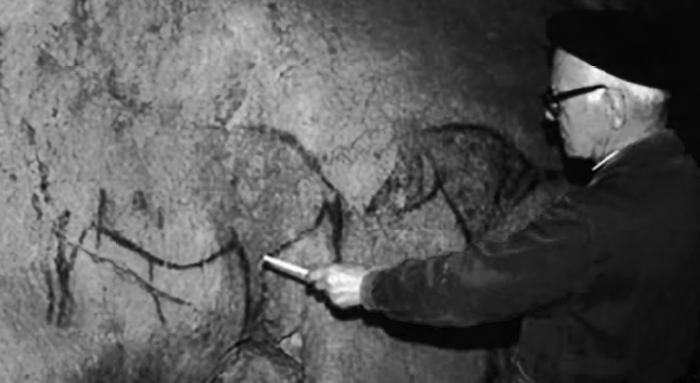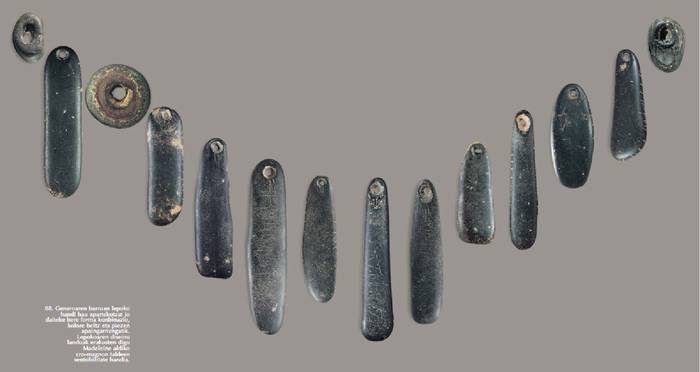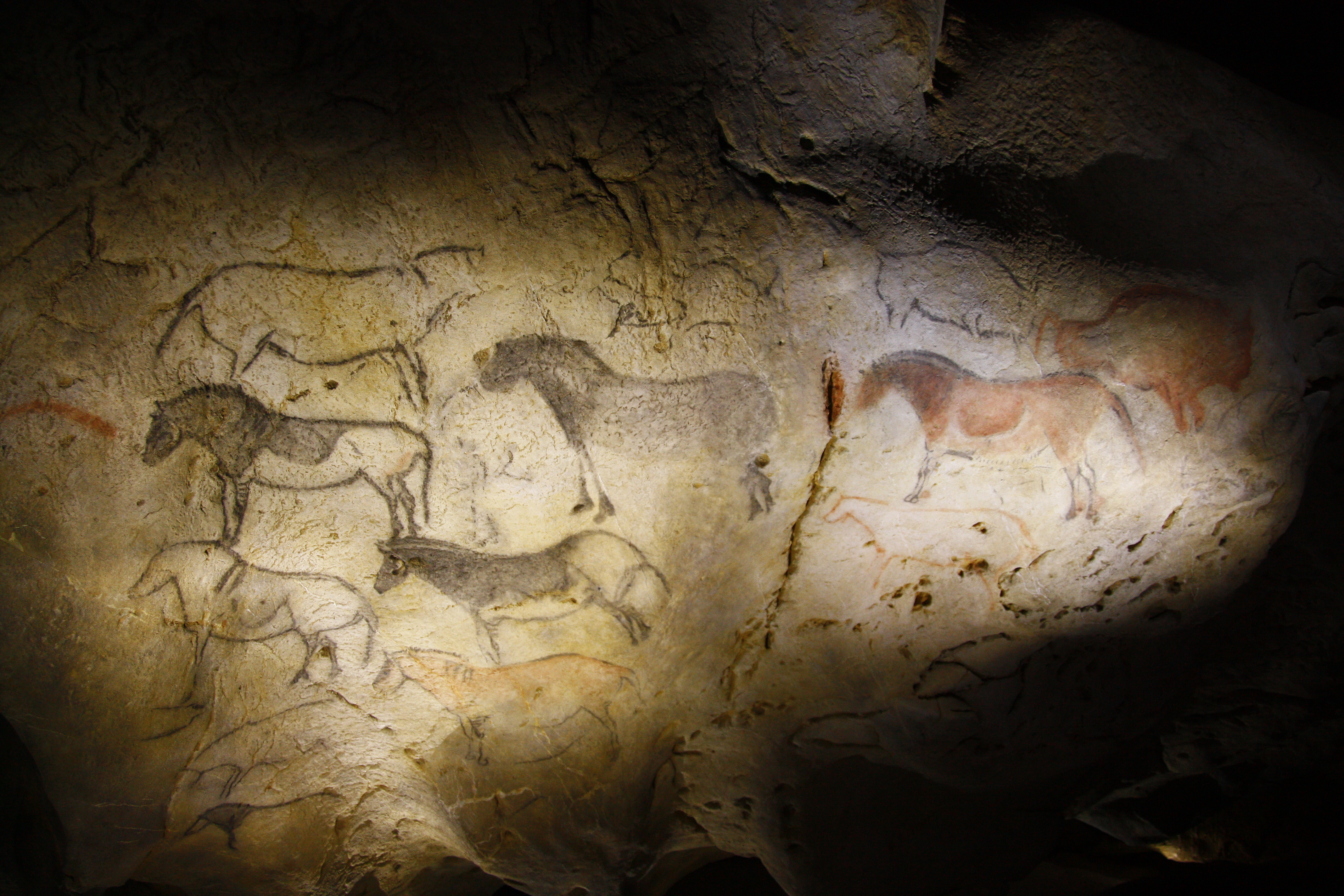Prehistory
Prehistory is one of Geoparkea’s greatest assets. Research in this field began in the first half of the 20th century with José Miguel de Barandiaran and Telésforo de Aranzadi. Today, Geoparkea is a key area for understanding prehistoric human evolution in the Cantabrian Arc.

The Geopark contains more than 20 caves containing archaeological remains, possibly the greatest concentration and density of Palaeolithic sites in all the Cantabrian Arc. The Deba Valley is particularly rich in this type of heritage. It is where you will find the Ermitia, Praileaitz, Langatxo and Iruroin caves, among others. It is our VALLEY OF PREHISTORY, an open-air museum spread out over a 3.5 km route.

The amount and variety of archaeological remains from industry allow us to reconstruct the cultural evolution of the Neanderthals and then Homo sapiens sapiens. There are several special caves adorned with cave art, such as Arbil, Praileaitz I and Astigarraga, although the Ekain Cave is particularly noteworthy. This cave was declared a UNESCO World Heritage Site in 2009 because it contains one of the best examples of cave art from the Upper Palaeolithic (Magdalenian culture).

The necklaces found in the Praileaitz Cave are some of the most unique examples of Magdelenian portable art in the world. Together with the rest of the site, these necklaces indicate that the cave may have been used for spiritual purposes. The animal remains discovered are abundant and varied. We know that our ancestors lived alongside reindeer, deer, bison, goats, lions, rhinoceroses, horses and mammoths, among others. The Kiputz abyss is a particularly interesting site. Many remains have been found there, including the best-preserved skull of a steppe bison in Western Europe.
.jpg)
Research into the evolution of the karst landforms, the river terraces, and the formation of estuaries and abrasion platforms on the coast, have allowed us to reconstruct the variations in climate experienced in the past, as well as the corresponding changes in sea level. This helps us understand the reality of the environment our ancestors lived in.
More information on the prehistory of the Geopark:
The following have participated in the creation of these publications: Aranzadi Science Society, Provincial Council of Gipuzkoa, Department of Culture of the Basque Government; and the municipalities of Mutriku, Deba and Zestoa. For sale in tourist offices.
- Ekain. The magic prehistoric horses (pdf - spanish/basque)
- Kiputz. An abyss in prehistory (pdf - spanish/basque)
- Praileaitz. Magdalenian pendants (pdf)
